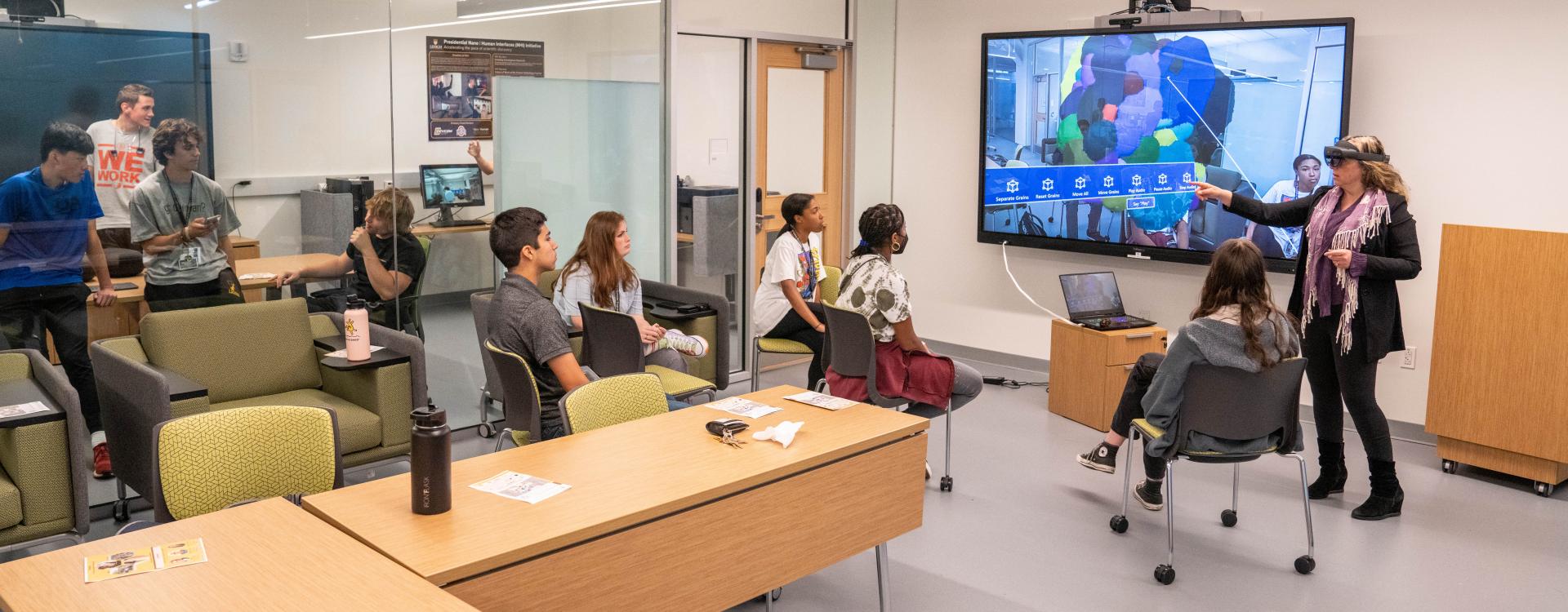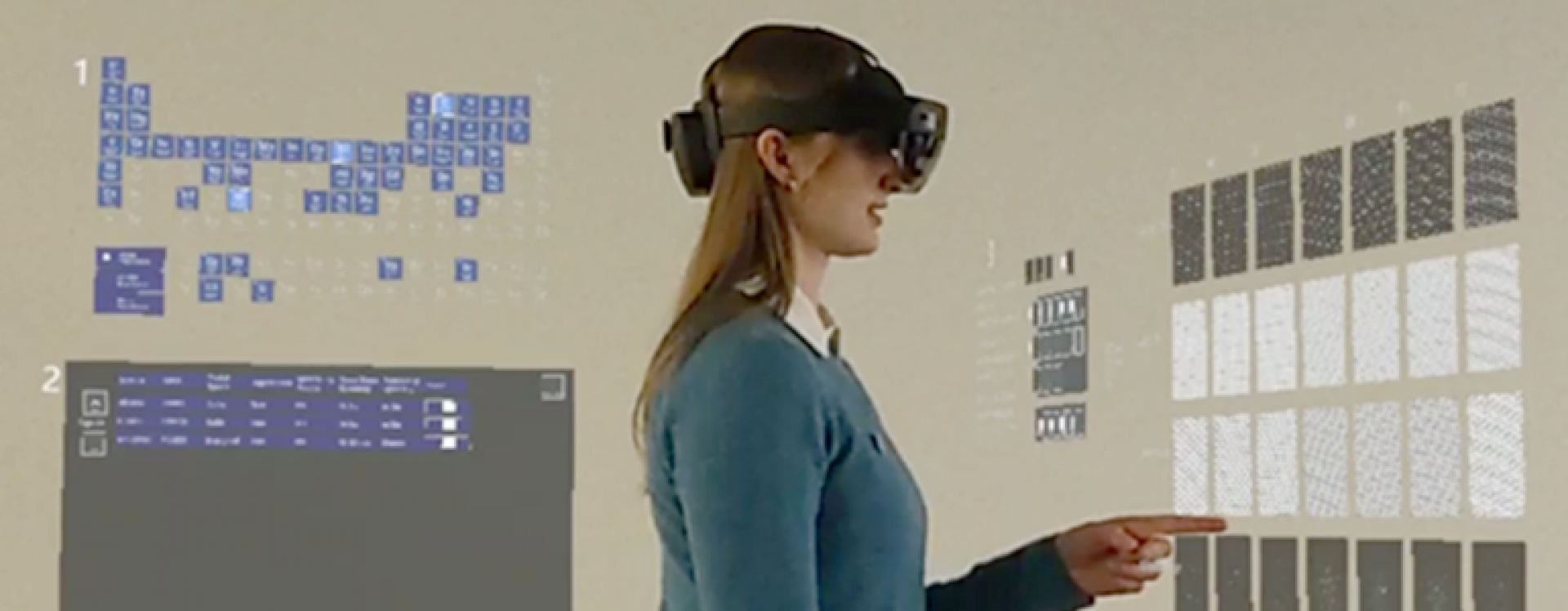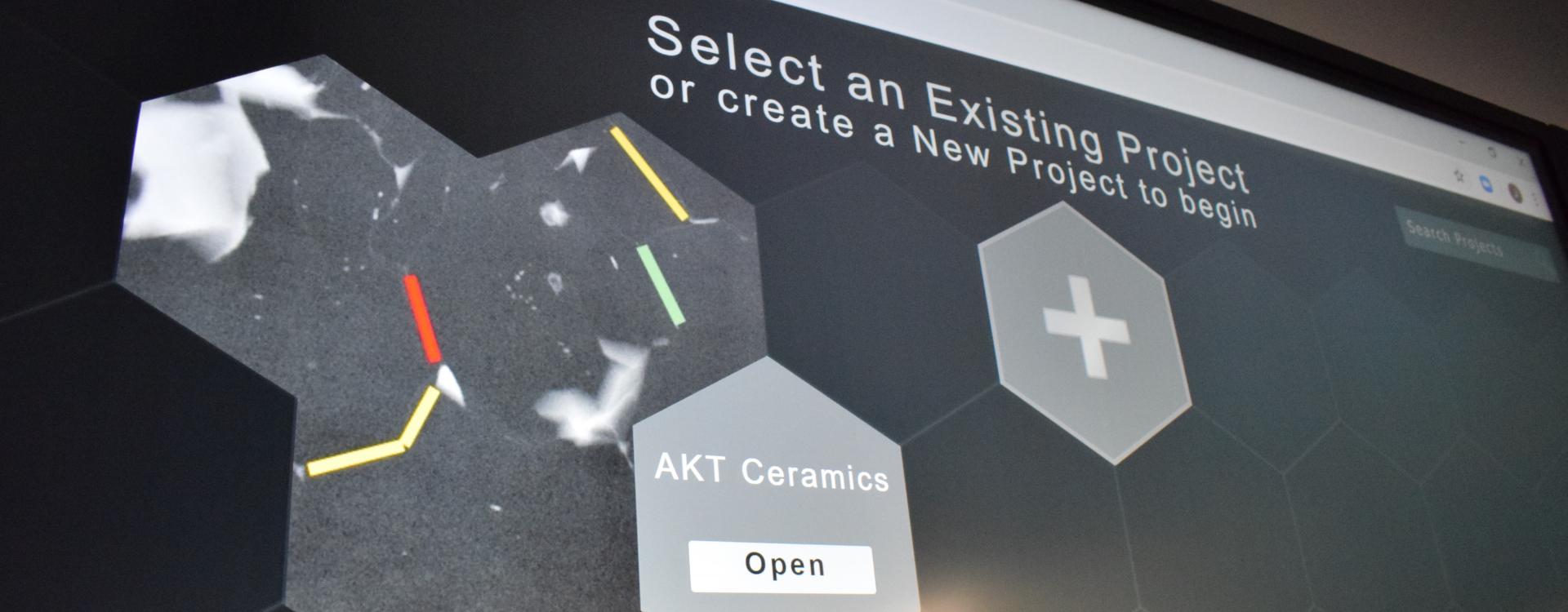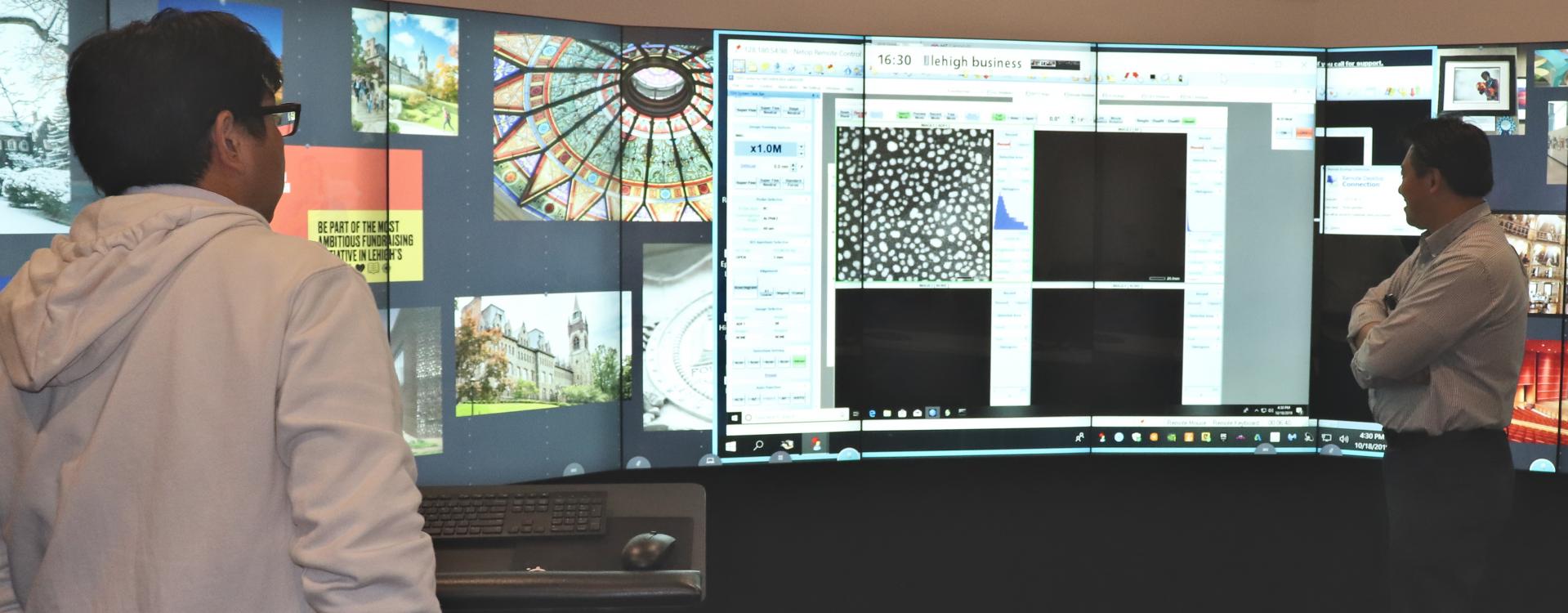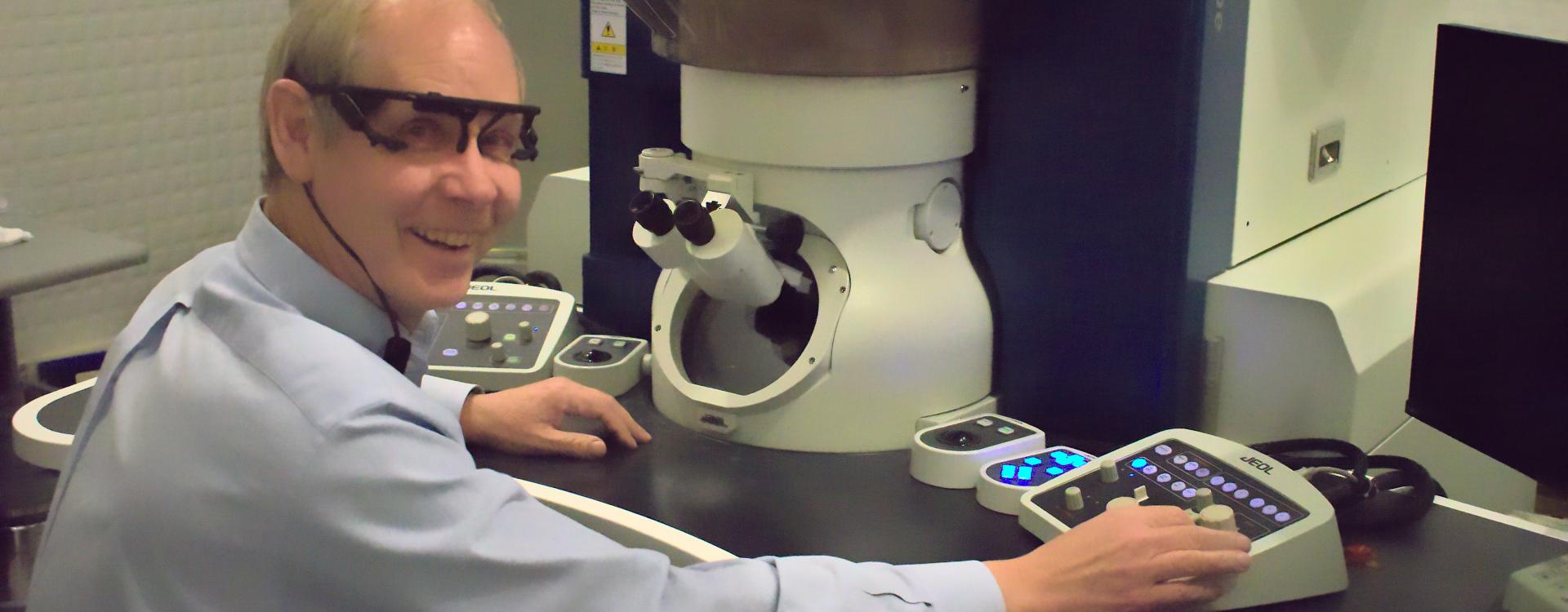A Bold Challenge from President Simon
President John Simon challenged the greater Lehigh community in 2016 to establish a new capability / mindset that propels Lehigh to the world stage as a leading institution.
At the same time, NSF outlined several emerging and high-impact research opportunities (see NSF’s 10 Big Ideas).
Our response to both President Simon and NSF was to launch the Nano | Human Interfaces (NHI) Presidential Initiative to revolutionize the way in which research is conceptualized and accomplished by building a highly-impactful and highly-visible technical infrastructure that leverages Lehigh's intrinsic strengths (e.g. interfacial science, materials characterization, etc.) and emerging strengths (e.g. data analytics, bioengineering, health, etc.).
From the start of the Initiative, the interdisciplinary NHI team has realized that there is a growing need to integrate social sciences and engineering in order to better educate the future workforce and provide them with the necessary tools to accelerate scientific discovery.
As an example, a research domain that is deeply embedded in Lehigh’s research culture is the use of advanced characterization tools to examine nanoscale material interfaces. While many technological advances have improved the capabilities of scientific tools (e.g. faster computers being integrated into electron microscopes), there has been a surprising lack in effort to improve the human relationship with machines, otherwise known as human-machine interfaces. In many ways, humans interact with electron microscopes the same way today that humans interacted with electron microscopes since they were invented nearly 80 years ago. Similar examples can be found in other disciplines. If the arguably decelerating trajectory of scientific progress is to be disrupted, there is a need to fundamentally change how humans interact with scientific instrumentation.
That is our goal - we strive to mend the human-machine relationship with scientific tools and accelerate scientific discovery by developing improve Nano | Human Interfaces.
Our collective idea is to integrate the latest advancements in data science, materials engineering, bioengineering, psychology, and human learning strategies. and open up a whole new approach in how human beings harness, visualize, and analyze massive amounts with high-throughput instruments.
Read more about NHI here . . .

